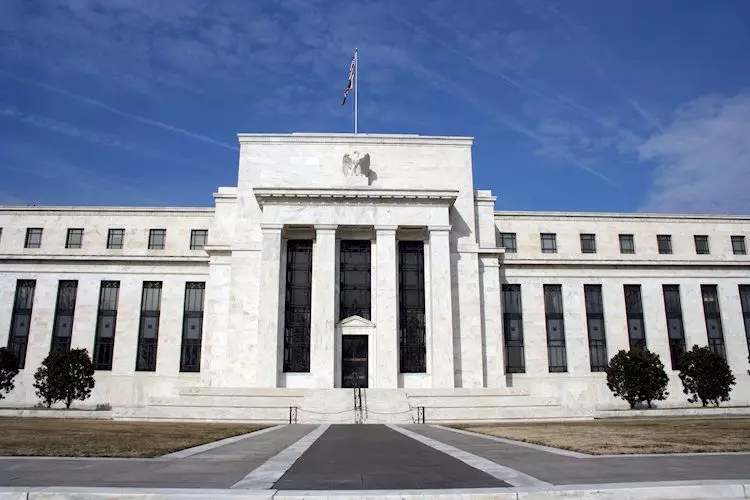The US economy is often viewed through the lens of its navigating authorities, particularly the Federal Reserve (Fed), whose policies directly shape its trajectory. Recently, Neel Kashkari, President of the Federal Reserve Bank of Minneapolis, provided insights into the current state of the economy and the ongoing efforts to control inflation. This analysis will explore Kashkari’s remarks, the implications for the wider economy, and the role of the Fed in shaping future economic policy.
Kashkari’s optimistic assessment of the US economy highlights its remarkable strength in the face of inflationary pressures. However, he cautions that the Fed has yet to achieve its ultimate goal of stabilizing inflation at a target of 2%. This duality in perception—strength and vulnerability—paints a complex picture of the current economic landscape. While the economy shows signs of resilience, Kashkari emphasizes that “not all the way home” indicates a cautious approach in policy-making. It suggests that despite positive indicators, more concrete evidence of inflation stabilization is necessary before implementing further monetary policy adjustments.
Kashkari’s comments extend beyond inflation and monetary policy to touch upon the impact of immigration reforms on the labor market and, by extension, on businesses. The potential for employee deportation has raised concerns about workforce stability. Businesses are faced with a degree of uncertainty regarding immigration policy, and how this will influence labor availability is a critical question. The tension between the business community and Congress regarding immigration laws could lead to significant disruptions if the policy does not accommodate the needs of various sectors. The outcome of this interaction is pivotal, as the interconnectedness of immigration policy and economic health cannot be understated.
Looking ahead, Kashkari raised a critical point regarding federal debt and deficits—issues that have been largely overshadowed in the immediate conversation about inflation. As economic dynamics shift, the need to address these long-standing challenges becomes increasingly important. High federal debt levels exert pressure on economic growth and limit the government’s ability to manage fiscal policies effectively. This unmet challenge may necessitate tough decisions and reforms in the future, impacting overall economic stability.
The authority of the Federal Reserve to influence the economy primarily revolves around its control of interest rates, which serve as a lever to manage inflation and employment levels. By adjusting rates, the Fed can either stimulate borrowing and spending during low inflation periods or curb it during rapid price increases. This dynamic interaction dramatically influences the US Dollar, with a stronger dollar generally accompanying higher interest rates. Kashkari’s reference to the US Dollar Index (DXY) rising underscores the real-time effects of monetary policy decisions.
Moreover, the Fed operates through structured mechanisms, such as the Federal Open Market Committee (FOMC), which convenes regularly to assess economic conditions. These meetings yield vital insights into the Fed’s economic strategy and each participant’s contribution adds to the collective wisdom guiding monetary policy decisions.
In times of economic crisis or significant downturns, the Federal Reserve may employ unconventional methods such as Quantitative Easing (QE) to sustain financial stability. Through injecting liquidity into the economy by purchasing high-grade bonds, the Fed aims to revive spending and investment. However, these actions do carry the risk of weakening the dollar, raising concerns about long-term inflation if the economy overstays its reliance on such instruments.
Conversely, the strategy of Quantitative Tightening (QT) poses a corrective measure by reducing the money supply and reinforcing the dollar’s value. Such measures reveal the complexity and foresight required in the Fed’s decision-making process as it balances immediate economic needs with long-term financial health.
The insights from Neel Kashkari emphasize a carefully calibrated approach to monetary policy while acknowledging the broader socioeconomic influences at play. As the Fed navigates inflation challenges, immigration policies, and fiscal responsibilities, a multifaceted strategy that aligns economic growth with stability is crucial. Future policy decisions must reconcile short-term imperatives with long-term sustainability, ensuring that both the economy and the workforce are robust enough to withstand inevitable challenges ahead.
In navigating the delicate balance between growth and stability, the Federal Reserve remains a pivotal player in shaping not only the economic landscape but the future prosperity of the nation.


Leave a Reply